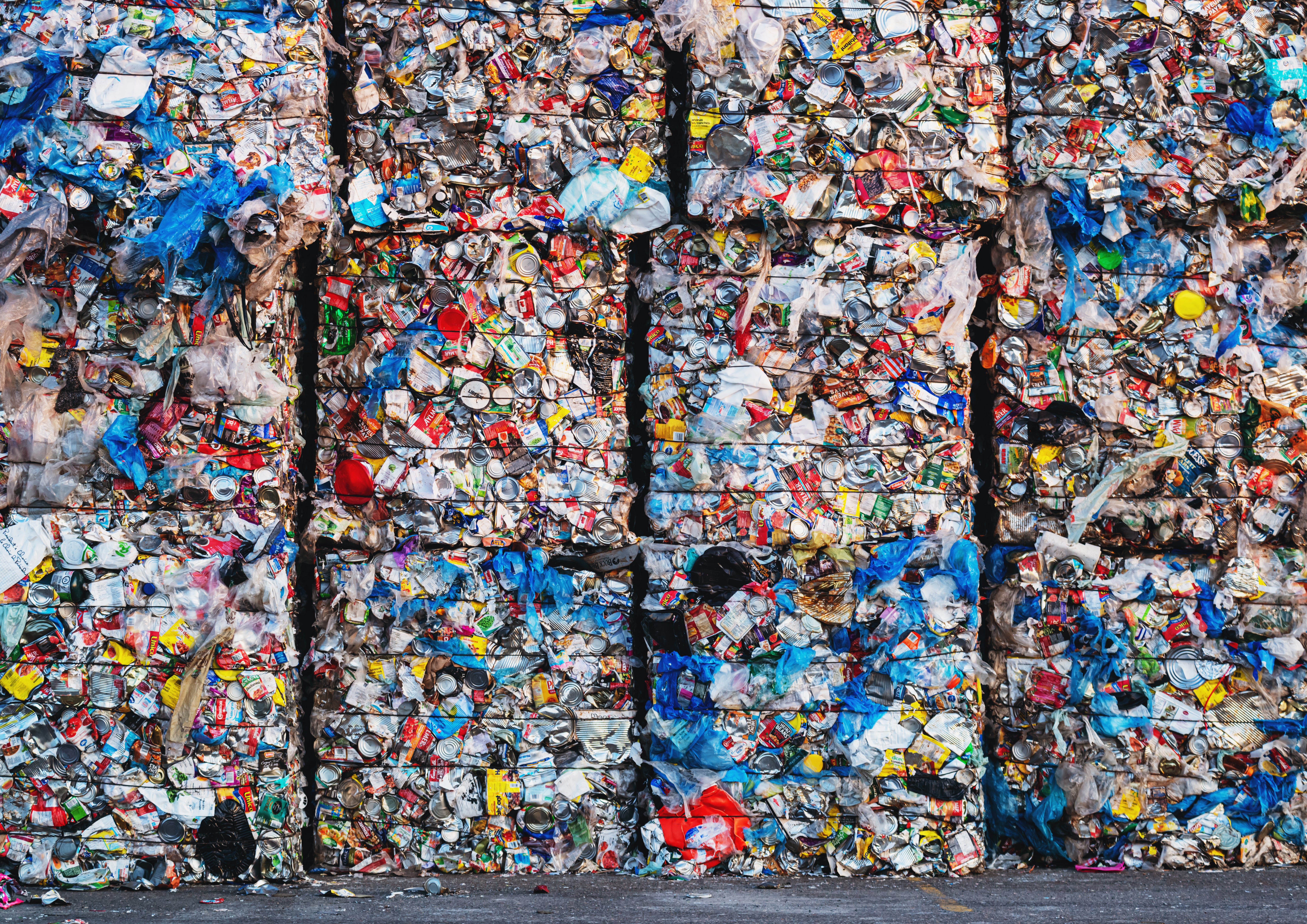How and why Canada is banning single-use plastics
Canada says the ban will eliminate more than a million tonnes of plastic waste and will help reduce the country’s planet-heating carbon emissions

Your support helps us to tell the story
From reproductive rights to climate change to Big Tech, The Independent is on the ground when the story is developing. Whether it's investigating the financials of Elon Musk's pro-Trump PAC or producing our latest documentary, 'The A Word', which shines a light on the American women fighting for reproductive rights, we know how important it is to parse out the facts from the messaging.
At such a critical moment in US history, we need reporters on the ground. Your donation allows us to keep sending journalists to speak to both sides of the story.
The Independent is trusted by Americans across the entire political spectrum. And unlike many other quality news outlets, we choose not to lock Americans out of our reporting and analysis with paywalls. We believe quality journalism should be available to everyone, paid for by those who can afford it.
Your support makes all the difference.Canada is banning single-use plastics in a bid to keep them out of the environment.
The government there has announced it will stop the manufacture and import of the plastics, and will also eventually ban their export.
Canada says the ban will eliminate more than a million tonnes of plastic waste and will help reduce the country’s planet-heating carbon emissions.
Here’s what the country is doing:
What will the ban cover?
The types of single-use plastics in the ban include checkout bags, cutlery, plates and bowls, stirring sticks, ring carriers such as those placed around drinks cans and most straws.
Some single-use plastic flexible straws used for medical or accessibility reasons will be allowed, however.
When will the ban come into effect?
Canada is first banning the manufacture and import of single-use plastics, barring a few exceptions.
The government has said the ban will come into effect in December but to provide businesses enough time to transition, and to use up existing stocks, the sale of these items will be banned a year later, in December 2023.
The government will then go on to ban the export of those plastics by the end of 2025 to try to help tackle international plastic pollution.
What are single-use plastics and why would Canada want to ban them?
Single-use plastic is designed to be thrown away after one use.
One problem with these items is that they don’t biodegrade but break down into microplastics - small particles that then pollute the world’s oceans, the air we breathe and have even been found in our blood.
Even if a plastic item is marked as recyclable, if it’s designed to be thrown away it’s single-use as only 9 per cent of plastic waste ever gets recycled, with the rest either burned or dumped, according to Greenpeace.
Plastic pollution is now part of life on Earth. Pictures of sea creatures tangled up in plastic pollution is a defining image of our era and plastic can now even be found in the most remote parts of our planet, including on Mount Everest and inside the bodies of penguins.
What does Canada hope to achieve through the ban?
Every year Canadians throw away around 3 million tonnes of plastic waste, only 9 per cent of which is recycled, with the vast majority ending up in landfill and around 29,000 tonnes making its way into the natural environment.
The government estimates its ban will eliminate over 1.3 million tonnes of hard-to-recycle plastic waste and the equivalent of more than a million bin bags full of plastic pollution over the next decade.
It also believes moving toward a more circular economy for plastics could reduce carbon emissions by 1.8 megatonnes annually and create tens of thousands of jobs by 2030. In 2020, Canada’s total greenhouse gas emissions were 672 megatonnes of carbon equivalent.
Join our commenting forum
Join thought-provoking conversations, follow other Independent readers and see their replies
0Comments